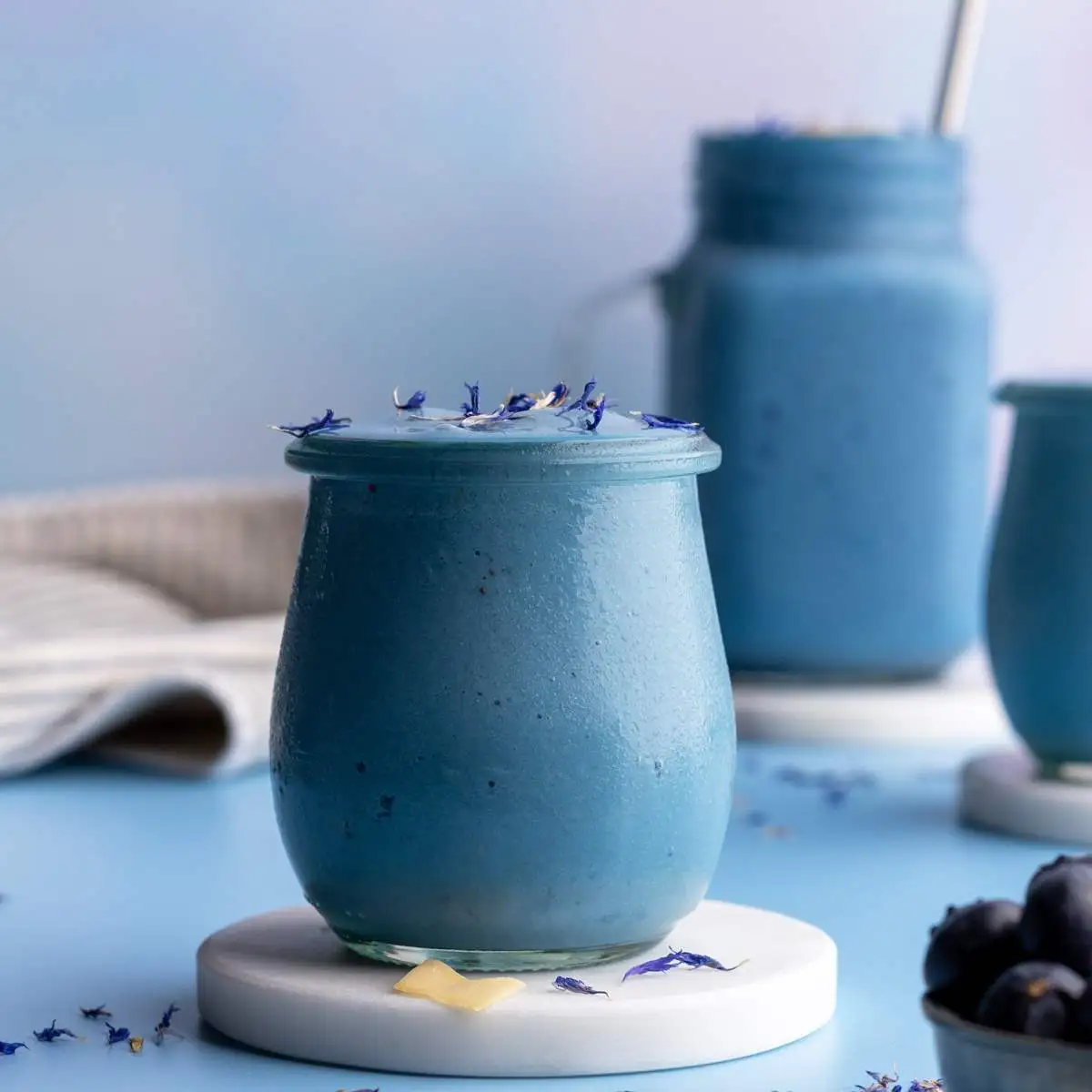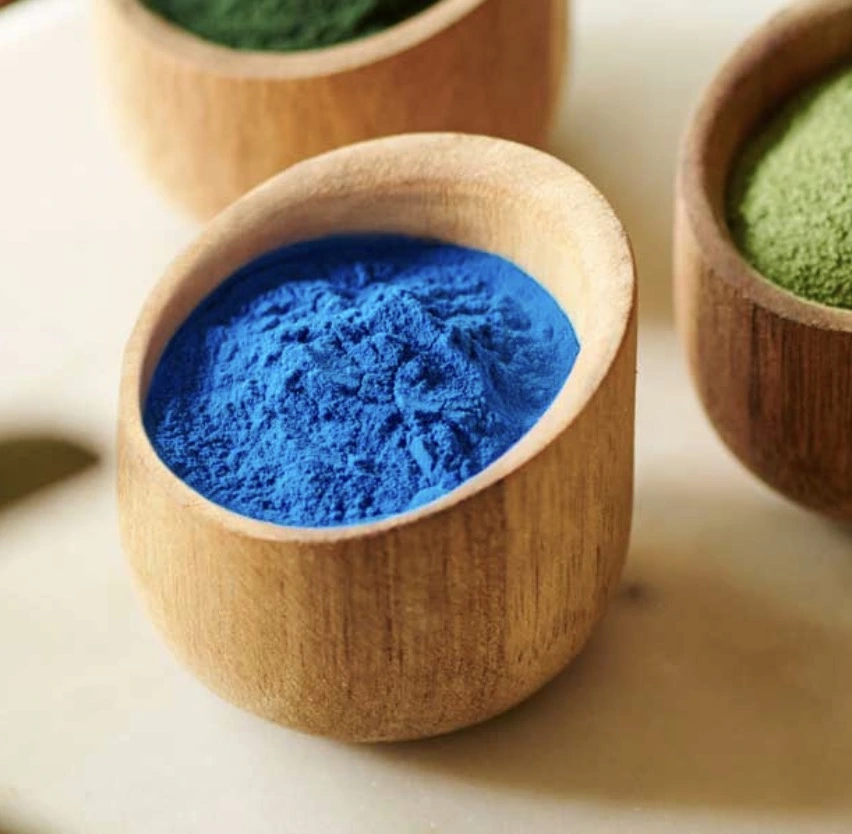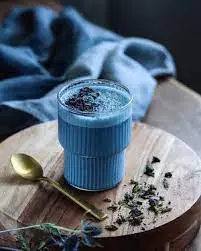Natural Red Grape Skin Powder for Vibrant and Safe Food Colors
In the world of food coloring, natural ingredients are becoming increasingly sought after by both manufacturers and consumers. One such ingredient that has gained significant popularity is Red Grape Skin Powder E163(ii). This vibrant, natural colorant offers a myriad of benefits, from enhancing food safety to providing a visually appealing hue to various food products. Let's delve into the world of Red Grape Skin Powder and discover why it's becoming a first choice for food manufacturers worldwide.

Unlock the Benefits of Red Grape Skin Powder E163(ii)
A Natural Powerhouse of Color and Nutrition
Red Grape Skin Powder E163(ii) is derived from the skin of red grapes, specifically from varieties of Vitis vinifera. This natural colorant is rich in anthocyanins, the compounds responsible for the deep red, purple, and blue hues found in many fruits and vegetables. But the benefits of Red Grape Skin Powder extend far beyond its coloring properties.
Anthocyanins are potent antioxidants that have been linked to numerous health benefits. They may help reduce inflammation, support cardiovascular health, and even possess anti-cancer properties. By incorporating Red Grape Skin Powder into food products, manufacturers can potentially enhance the nutritional profile of their offerings while simultaneously achieving desired color results.
Clean Label Appeal
In an era where consumers are increasingly scrutinizing food labels, Red Grape Skin Powder E163(ii) offers a significant advantage. As a natural colorant, it allows manufacturers to clean up their ingredient lists, replacing synthetic dyes with a recognizable, plant-based alternative. This aligns perfectly with the growing consumer demand for clean label products, potentially boosting sales and brand loyalty.
Versatility in Application
One of the most appealing aspects of Red Grape Skin Powder is its versatility. It can be used in a wide range of food and beverage applications, from dairy products and confectionery to beverages and processed meats. Its water-soluble nature makes it easy to incorporate into various food matrices, providing a uniform and stable color.

How Red Grape Skin Powder E163(ii) Enhances Food Safety?
Eliminating Synthetic Dye Concerns
Synthetic food dyes have long been a subject of controversy, with some studies suggesting potential links to behavioral issues in children and other health concerns. By opting for Red Grape Skin Powder E163(ii), food manufacturers can sidestep these concerns entirely. This natural colorant has a long history of safe use and is generally recognized as safe (GRAS) by regulatory bodies worldwide.
Antioxidant Properties
The anthocyanins present in Red Grape Skin Powder don't just provide color; they also act as powerful antioxidants. These compounds can help protect food products from oxidation, potentially extending shelf life and maintaining product quality. This dual functionality - as both a colorant and a preservative - makes Red Grape Skin Powder an attractive option for food manufacturers looking to enhance both the safety and longevity of their products.
Allergen-Free Alternative
Unlike some synthetic dyes that may cause allergic reactions in sensitive individuals, Red Grape Skin Powder E163(ii) is generally well-tolerated. It's free from common allergens, making it a safe choice for a wide range of consumers, including those with dietary restrictions or sensitivities.
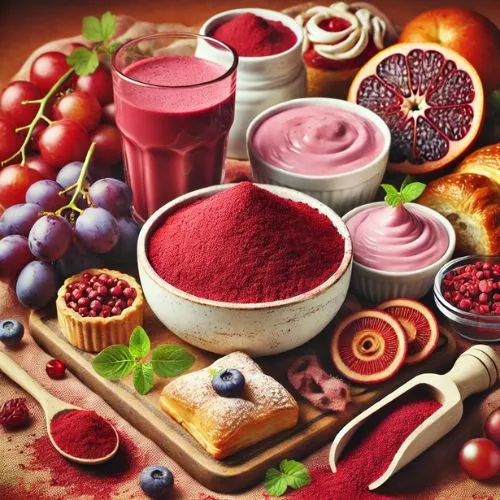
Top 5 Uses of Red Grape Skin Powder in Natural Coloring
Beverage Industry
Red Grape Skin Powder E163(ii) is widely used in the beverage industry to impart a vibrant red to purple hue to drinks. It's particularly popular in fruit juices, energy drinks, and even alcoholic beverages like wine and spirits. The water-soluble nature of the powder makes it easy to incorporate into liquid formulations, providing a stable and uniform color.
Dairy Products
In the dairy sector, Red Grape Skin Powder finds extensive use in products like yogurt, ice cream, and flavored milk. It not only provides an attractive color but also complements fruit flavors, especially berry and grape varieties. The powder's ability to withstand high temperatures during processing makes it suitable for a range of dairy applications.
Confectionery and Baked Goods
Confectioners and bakers are increasingly turning to Red Grape Skin Powder to naturally color their creations. From vibrant red velvet cakes to purple-hued candies, this natural colorant offers a safe and appealing alternative to synthetic dyes. Its stability during baking processes ensures that the final product retains its intended color.
Processed Meats
In the meat industry, Red Grape Skin Powder E163(ii) is used to enhance the color of processed meat products like sausages and cured meats. It provides a natural-looking reddish hue without the need for artificial colorants, appealing to consumers seeking cleaner label products.
Sauces and Dressings
Red Grape Skin Powder is also finding its way into various sauces and dressings. From vibrant red pasta sauces to purple-tinged salad dressings, this natural colorant allows manufacturers to create visually appealing products without resorting to artificial additives. Its stability in acidic environments makes it particularly suitable for these applications.
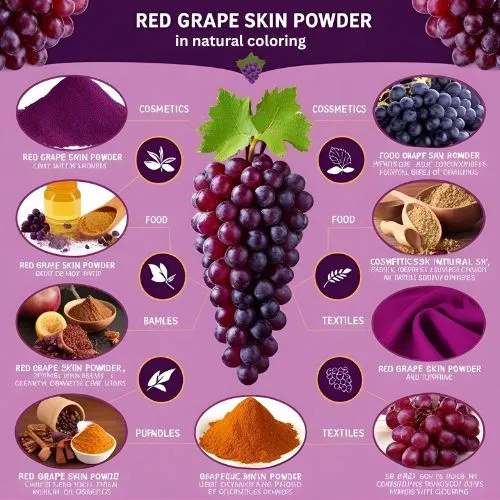
Conclusion
Red Grape Skin Powder E163(ii) represents a significant advancement in the world of natural food coloring. Its ability to provide vibrant, stable colors while offering potential health benefits makes it an invaluable tool for food manufacturers looking to meet consumer demands for cleaner, safer, and more natural products. As the trend towards natural ingredients continues to grow, Red Grape Skin Powder is poised to play an increasingly important role in the food industry.
At Yangge Biotech Co., Ltd., we specialize in providing high-quality natural plant extracts, including Red Grape Skin Powder E163(ii), to meet the evolving needs of the food and beverage industry. Our commitment to quality, innovation, and customer satisfaction makes us a trusted partner for businesses seeking to incorporate natural colorants into their products. For more information about our Red Grape Skin Powder and other natural extracts, please contact us at info@yanggebiotech.com.
References
1. Johnson, M. K., & Gonzalez de Mejia, E. (2021). Anthocyanins from grape skin: Extraction, stability, and applications in food coloring. Comprehensive Reviews in Food Science and Food Safety, 20(3), 2508-2537.
2. Smith, R. L., & Thompson, L. U. (2020). Natural food colorants: Recent advances in grape skin extract applications. Journal of Food Science and Technology, 57(9), 3215-3226.
3. Davis, A. B., & Wilson, C. D. (2019). Consumer perceptions of natural food colors: A focus on red grape skin powder. International Journal of Consumer Studies, 43(4), 389-400.
4. Chen, X., & Zhang, Y. (2022). Antioxidant properties of grape skin extract E163(ii) in food systems: A comprehensive review. Critical Reviews in Food Science and Nutrition, 62(5), 1237-1252.
5. Brown, K. L., & Green, J. P. (2021). Clean label trends: The role of natural colorants like grape skin powder in product development. Food Technology Magazine, 75(3), 42-49.
Based on your location and order quantity, you will have the opportunity to receive a limited time free shipping promotion!
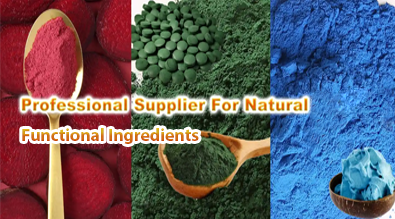
Who we are
